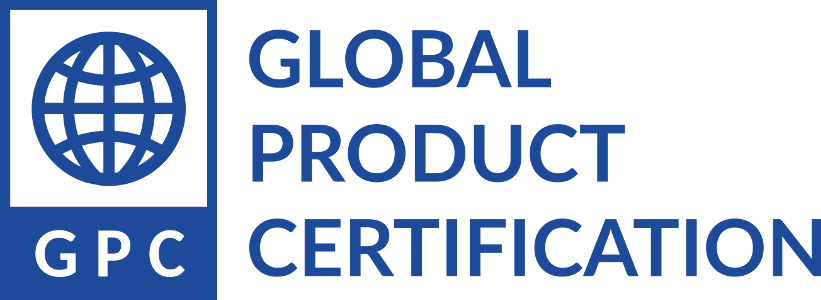Electrical / Electronic Products
Low Voltage Directive
Demonstrating the safety of electrical products is an essential requirement for entering the global market place. Electrical / Electronic Manufacturers seeking to enter the European market, which is one of the largest markets consisting of 30 countries, must demonstrate the safety of their appliances to enter the market place no matter where the matter the facility of manufacturers is located.
All electrical / electronic products imported or sold in European countries must be complied with the requirements of the Low Voltage Directive. Products labeled with CE marking are considered to comply with the requirements of all other applicable directives such as EMC directive as well as the Low Voltage Directive, so these products are legally accessible to EC member Country Market place.
EU Low Voltage Directive
The European Low Voltage Directive (LVD) contains the protection against electrical shock and other electrical hazards of electrical equipment within certain voltage ranges. The use of Low Voltage Directive is intended for electrical equipment which is designed and used at direct current between 75 and 1000 V and an alternating current between 50 and 1000 V.
This voltage specification refers to the electrical input / output voltage, not the voltage inside the equipment. The Low Voltage Directive also defines the ffects of Electromagnetic Fields radiaton on human body.
The Low Voltage Directive is one of the oldest single guidelines enacted before the introduction of the "New" or "Global" concept. In a broad sense, it provides the Essential Health and Safety Requirements (HSR) which must meet the requirement of pre-market conformity assessment procedures and equipment by directly or by Harmonized Standards. This procedure ensures that the electrical equipment is safe to use.
As with the most other EU directives, the Low Voltage Directive provides broad range of electrical safety, mandatory requirement, as well as detailed technical specification publicly indicated in technical standards including references. The manufacturer's product tested in compliance with the essential requirements of the Directive and the detailed technical specification of relevant standard may issue a Declaration of Conformity and use the CE mark on product.
Medical device included in a certain electrical product category and electrical components used in a finished products are excluded from the scope of the Low Voltage Directive.
The New Low Voltage Directive, 2014 edition, has been published and will be enforced on electrical products starting from April 2016. The GPC is issuing test reports in accordance with the new Directive 2014/35/EU.
The Necessity of LVD Certification
The European Uniosn applies the Low Voltage Directive, 206/95/EC on the safety of electrical appliances. This guideline specify testing and evaluation procedures for electrical / electronic products.
Safety standard in the filed of electrical product certification usually refers to Electrical Safety. This is to prevent injury of human and loss of propery from hazards that may be arisen in unforseen or unpredicted circumstances.
Applcable Hazards
• Electrical Hazard : hazards caused by electrical shock or exposing to electrical danger
• Fire Hazard : hazards caused by wrong circuit
• Mechnical Hazard : hazards caused by mechanical malfunctions
• Physical Hazard : Structural hazards such as falling, external impact, or collapse
• Chemical Hazard : hazards caused by the paint used on product
Safety standard is the applicable requirements for confirming and ensuring safety through preliminary testing and inspection of those hazards.
LVD includes the European Commission opinions and Guidelines on application and Recommendations.
LVD Certification Procedure
• Conformance path for certification : Self Declaration
• LVD certification range in accordance with 93/68/EEC : Electrical product with the volt age range of AC 50 ~1000V or DC 75 ~ 1500V.
However, exclude the products listed in Annex II
Electromagnetic compatibility Directive (EMC Directive), 2004/108/EC
CE/EMC Certification Procedure
Step 1
In order to proceed with CE marking, the manufacturer must understand the EMC directive stipulating product to carry out CE marking on product.
- EMC directive : 2004/108/EC Electromagnetic compatibility Directive. The complied requirement for compatibility of product in Directive must be listed by category.
- The manufacturer must demonstrate that the specified requirements are conformance to the relevant Directive. For this, the manufacturer must describe the technical contents of product in order to prevent the risk of use
- CE marking conformity assessment is based on a combination of one or two modules, among total of 8 modules, depending on the characteristic of product in accordance with each of the relevant Directive.
Once the directive to be applied on product is determined, it is necessary to determine the European test standards. However, deciding any specific standard is not easy, the appropriate standardized decision for product must be made by a qualified testing laboratory.
Step 2
- Once the European standard (EN Standard) related to product has been determined, the test must be conducted by an accredited laboratory according to the standard (test must be conducted at the ISO 17025 accredited laboratories, where GPC designates).
- The product test is used as evidence for the safety and risk response of the product required by Directive.
Step 3
- In order to delcare conformity, Technical Construction File (TCF) dealing with the contents including safety and risk prevention of product must be prepared.
- Technical information covered in TCF is different in accordance with the relevant Directive, it is highly recommended to refer to the relevant Directive.
Step 4
- In order to Declare conformity, at this stage, the manufacturer must prepare a conformity declaration based on several technical data and the quality system certification required for each module, and sign the conformity declaration document for approval.
Step 5
- After the declaration of conformity is prepared and approved, manufacturer must affix the labeling of the product at the time of shipment, and label must include CE marking as well as the name of producer and product information.
Contents of Technical Document
- General information and operating system of the product
- Installation drawing, design drawing, circuit diagram, distribution diagram, etc.
- Part list, Test Report, Design Calculation, Standard Checklist
- Clinical Test Data ( for MDD), Risk Analysis
- Catalog of important parts and parts to be replaced at maintenance, technical data, etc.
CE / EMC Certified Products and Product Line
- Target Products
Target includes all electrical or elctronic equipments and facilities consisting of electrical components and is applicable to all equipments and facilities that may cause interference with electronic malfunction or may be affect in performance by such interference.
- Products with CE marking are customs clearance within the European Union territory, and these customs clearance products can be distributed in the European market without any discrimination. Customs receive clearance and declaration of conformity for CE marking and clearance.
But, in case of customs Clearance, products are subject to be inspected submit technical documents as well as sample inspection by the request of stakeholders(Consumer, competitor, and domestic inspection agency, etc).
- CE marking is not a pre-inspection that can be sold after compulsory standardization or prior inspection and approval of the CE marking authority of the government of the member countries. It is a system that is subject to floow-up management. As a result, voluntarily, the product is collected and inspected for compliance with the specification and the safety of the product, if necessary.


